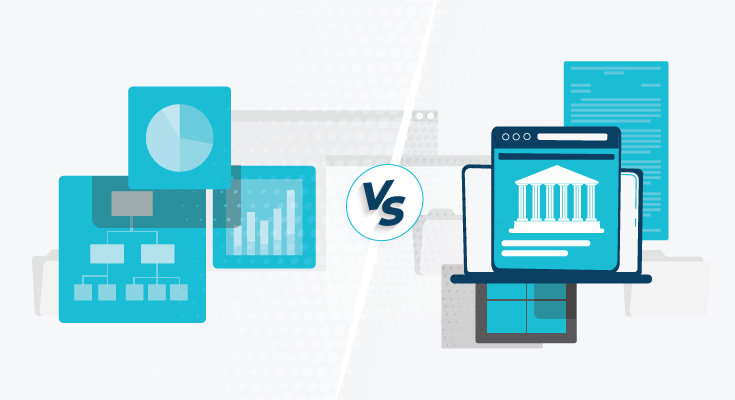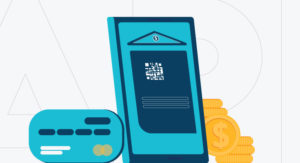Using Screen Scraping Vs. Bank APIs: How Do You Differentiate Between the Two?

Many industry experts believe that open banking is the future and it can provide robust protection against money laundering and other types of financial fraud. Since the Covid-19 pandemic and the use of technologies for banking services, open banking has started catching the attention of other people. One thing’s for sure, open banking will become a more common standard in the industry.
Just a year from now, the number of financial institutes offering open banking will climb from 20 to 200. The reason? Well, most of the biggest banking brands in the financial industry have already started implementing these portals because financial institutions want to quickly capitalize on the newly opened market.
Even the smaller institutions in the industry are trying to jump on the open banking bandwagon. As the technologies will become more proficient, the open banking environment will become a crucial part of the financial industry.
To successfully transition to open banking, FIs will need to thoroughly understand screen scraping (which is a traditional way of data sharing) and banking APIs, which are vital for open banking.
So what’s the difference between screen scraping and APIs? And how do banks evolve from one to another to implement open banking?
Screen Scraping
Screen scraping is a common practice for gathering data in the industry. It is the process of collecting data from one app by inputting user credentials (username and password) and displaying that data somewhere else. Scraping is the cornerstone of data access today, mainly because it allows the companies to choose what kind of data they want to gather and which financial institutions they want to scrape data from.
When it comes to APIs, sanctioned API channels allow financial institutions to limit the fields of information. This can also lead to consumers losing the ability to access the data.
The biggest problem with screen scraping practices for FinTechs is that the process relies on scraped institutions’ website structure, this can be problematic when scraping of data happens without coordination with financial institutions. Screen scraping may not even function when the website downtime results in loss of connectivity. When you compare screen scraping with APIs, the connections are slower.
The only reason for FinTechs to rely on screen scraping technology is because it is the only way for them to collect data. Once they have access to a better, reliable, and faster path, FinTechs will abandon the screen scraping process overnight.
One of the major reasons why screen scraping gets a bad rep in the industry is because financial institutions aren’t aware of who is scraping their data and how much data they’re collecting. Also, financial institutions will have to be responsible for data breaches that happen due to scraped data.
Officers that have the job to maintain security throughout the institution have a really hard time distinguishing between legal and illegal activities. Finally, screen scraping based on credentials login isn’t ideal as the credentials can be stolen and used by someone else.
APIs for Open Banking
There are mainly two types of APIs:
- Open Standard APIs
- Proprietary APIs
- Open Standard APIs
Even in the Open Standard APIs, there are two different standards, “Open Financial Exchange (OFX)” and “Financial Data Exchange (FDX).” OFX access had some great APIs, more than 7,000 according to their official website. Although OFX has some disadvantages too, they aren’t regularly maintained, it requires a relationship with each financial service company FinTechs connected to, and some of the data can be incorrect. This lack of maintenance can lead to a lot of mistakes.
FDX on the other hand is the newer and more used standard of Open APIs in recent years. There are even talks about OFX and FDX working together to create something much better for financial institutions. If that becomes a reality, this can be the future of Open Banking.
- Proprietary APIs
The proprietary APIs are obviously owned by FinTechs and they share the same benefits as OFX and FDX, especially when it comes to reliability, speed, and consistency. Proprietary APIs are maintained in a better way because they are focused on and there’s a huge incentive to use these APIs.
Although these APIs aren’t really common, the data that financial institutions access through them is limited and sometimes even almost non-existent.
DIRO’s Online Banking Verification API
APIs are easy and simple to integrate into websites and they can cut costs and reduce the mistakes that financial institutions often make. DIRO bank account verification API can assist the financial institution in complying with KYC and AML regulations, fighting financial fraud, and reducing the costs of manual resources.
The DIRO provides financial institutions with a custom API key that can be integrated into their website and verify customer and client documents in an instant. DIRO cross-references document data from thousands of government and private original web sources to provide proof of authentication with verifiable credentials. Financial institutions can use DIRO bank verification API to make their workflow easier and eliminate the need for screen scraping for due diligence checks.













